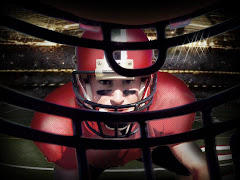

Typically, when you want to find out information about something you can type in google.com and then type into the search box whatever you are looking for. There are other options that a person can use to find more information to specify what you need to search for. For example, there is the advanced search button. When you click advanced search you are given the option to write specific words to help find whatever it is you are looking for.
Besides for finding information, google also allows you to find images, maps, news, it allows you to check email, shop for items, and find scholarly articles on research. You can do this by typing what the information you are looking for in the search button. You then hit enter, and this will bring you to a new screen. Go to the top of this page and you get the options of either clicking, images, news, maps, shopping, etc.. You then can choose which of these you want to go into. Google is a very useful tool for most people. If you ever need to find something out. I would suggest using google.
www.google.com














